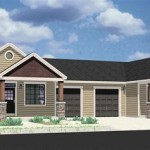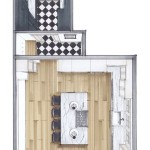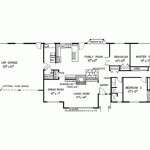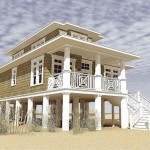Passive house plans have become increasingly popular in recent years, as more people are looking for ways to reduce their energy consumption and save money on their utility bills. This type of home is designed to use natural resources such as sunlight, wind, and thermal energy, as well as insulation, to create an energy efficient living space. In this article, we’ll look at what passive house plans are, how they work, and what benefits they offer.
What is a Passive House Plan?
A passive house plan is an energy efficient home design that takes advantage of natural resources and insulation to reduce the amount of energy needed to keep the home warm and comfortable. Passive house plans are usually designed to be airtight, with high levels of insulation and air sealing. This helps to keep the temperature inside the home consistent, reducing the amount of energy needed to heat and cool the home. Passive house plans also often incorporate other energy saving features such as solar panels and energy efficient appliances.
How Do Passive House Plans Work?
Passive house plans make use of natural resources such as sunlight and wind, as well as thermal energy, to heat and cool the home. The home is designed to be airtight and heavily insulated, which helps to keep the temperature consistent. In addition, passive house plans often incorporate solar panels and energy efficient appliances to further reduce energy consumption.
Benefits of Passive House Plans
The main benefit of passive house plans is the reduction in energy consumption. By making use of natural resources and insulation, these homes can reduce the amount of energy needed to heat and cool them. This can help to save money on utility bills and reduce your environmental footprint. Additionally, passive house plans are usually designed with airtight construction, which can help to reduce air leakage and improve indoor air quality.
Conclusion
Passive house plans are a great way to reduce energy consumption and save money on utility bills. By taking advantage of natural resources and insulation, these homes can help to keep the temperature inside the home consistent, reducing the need for heating and cooling. Additionally, passive house plans often incorporate solar panels and energy efficient appliances, further reducing energy consumption.















Related Posts








